
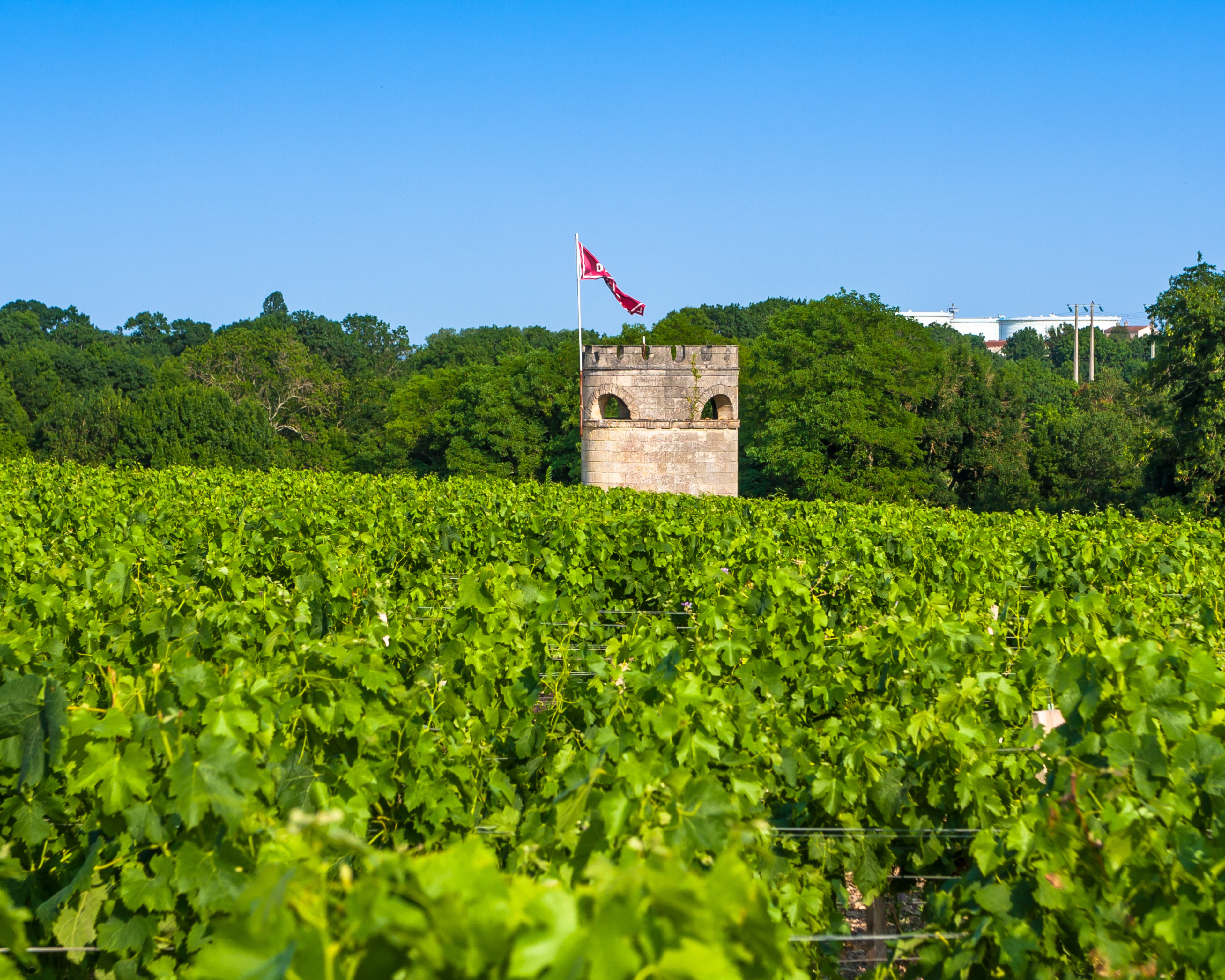
Bordeaux: A Tale of Two Banks
The legendary Bordeaux wine region is shaped by its Left and Right Banks, where history, terroir, and tradition come together to produce some of the world’s most iconic wines.
Bordeaux produces wines that are immortal.
– Unknown
Bordeaux: Where Tradition Meets Innovation
Bordeaux is more than just a wine region—it is a benchmark of excellence, history, and prestige. With a winemaking tradition dating back over 2,000 years, Bordeaux continues to shape the global wine industry, producing wines that range from everyday delights to some of the most collectible and expensive bottles in the world.
Sitting in the southwest of France, Bordeaux’s 120,000 hectares of vineyards are spread across diverse landscapes, each contributing to the region’s remarkable variety of wine styles. The region is divided by the Garonne and Dordogne rivers, forming two main winemaking areas—the Left Bank and Right Bank, each with unique soil compositions, microclimates, and grape preferences.
- The Left Bank is known for its gravelly soils, which help produce bold, structured red wines dominated by Cabernet Sauvignon. These wines are high in tannins, built for long aging, and showcase notes of blackcurrant, cedar, and tobacco.
- The Right Bank, with its clay-limestone soils, favors Merlot-driven wines, which tend to be softer, rounder, and fruit-forward, often revealing layers of plum, chocolate, and spice.
- Bordeaux is not just about red wines. The region is home to outstanding white wines, from the crisp, citrus-driven Sauvignon Blanc blends of Entre-Deux-Mers to the world-famous Sauternes sweet wines, which develop complexity through the noble rot, botrytis.
Beyond its wines, Bordeaux is steeped in history and culture. The city of Bordeaux itself, a UNESCO World Heritage site, stands as a testament to the region’s deep-rooted connection with viticulture. The prestigious 1855 Classification of Bordeaux wines, commissioned by Emperor Napoleon III, still defines the global perception of quality wines today, with First Growth châteaux like Château Margaux, Château Lafite Rothschild, and Château Latour maintaining legendary status.
- The maritime climate of Bordeaux plays a crucial role in winemaking, with warm summers, mild winters, and seasonal rainfall that influences each vintage’s character.
- Winemaking techniques in Bordeaux are a blend of old-world tradition and modern innovation, with winemakers embracing everything from sustainable viticulture to precision aging in oak barrels.
- Bordeaux wines are known for their exceptional aging potential. Many of the top Left Bank wines develop their full complexity after decades in the bottle, revealing nuances of leather, earth, and spice.
Whether you’re sipping a powerful Pauillac, an elegant Saint-Émilion, or a golden glass of Sauternes, Bordeaux offers a wine experience like no other—one deeply rooted in tradition but always evolving with time.
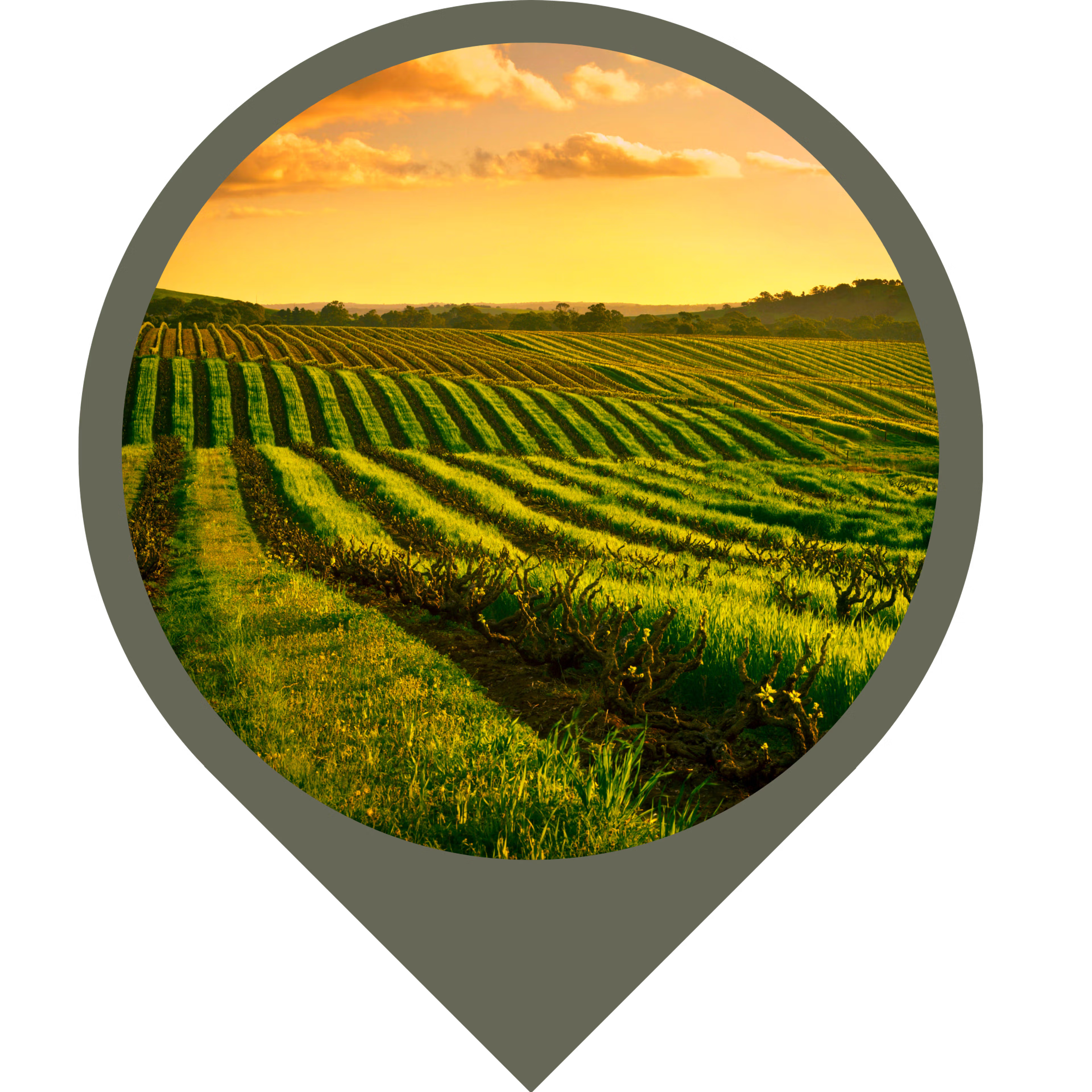
Exploring Bordeaux’s Diverse Landscapes
A Region Defined by Its Banks and Terroirs
Bordeaux’s landscape is shaped by two major rivers, the Garonne and the Dordogne, which divide the region into the Left Bank and the Right Bank. Each side offers unique soil compositions, grape varieties, and winemaking styles, resulting in wines with distinct identities. Between these two areas lies Entre-Deux-Mers, a lesser-known region producing refreshing white wines.
The Left Bank is known for its gravel-rich soils, which provide excellent drainage and force vines to grow deep roots. This terroir is perfect for Cabernet Sauvignon, producing wines with firm tannins, deep complexity, and long aging potential. The Médoc is home to many of Bordeaux’s most prestigious châteaux, particularly in Pauillac, Margaux, Saint-Julien, and Saint-Estèphe. Further south, the Graves region produces both powerful reds and some of Bordeaux’s finest dry white wines.
On the Right Bank, clay and limestone soils dominate, favoring Merlot and Cabernet Franc. These wines tend to be softer, more fruit-forward, and approachable at a younger age, while still offering great longevity. Pomerol is one of Bordeaux’s smallest yet most prestigious appellations, producing some of the world’s most sought-after Merlot wines, including Château Pétrus. Nearby, Saint-Émilion is a historic and picturesque region, home to rich, velvety wines with remarkable aromatic depth.
Between the Left and Right Banks lies Entre-Deux-Mers, an area best known for its white wines. Sauvignon Blanc thrives in this region, creating crisp, mineral-driven wines with citrus and floral notes. While not as famous as the reds of Bordeaux, these whites are refreshing, vibrant, and perfect for early drinking.
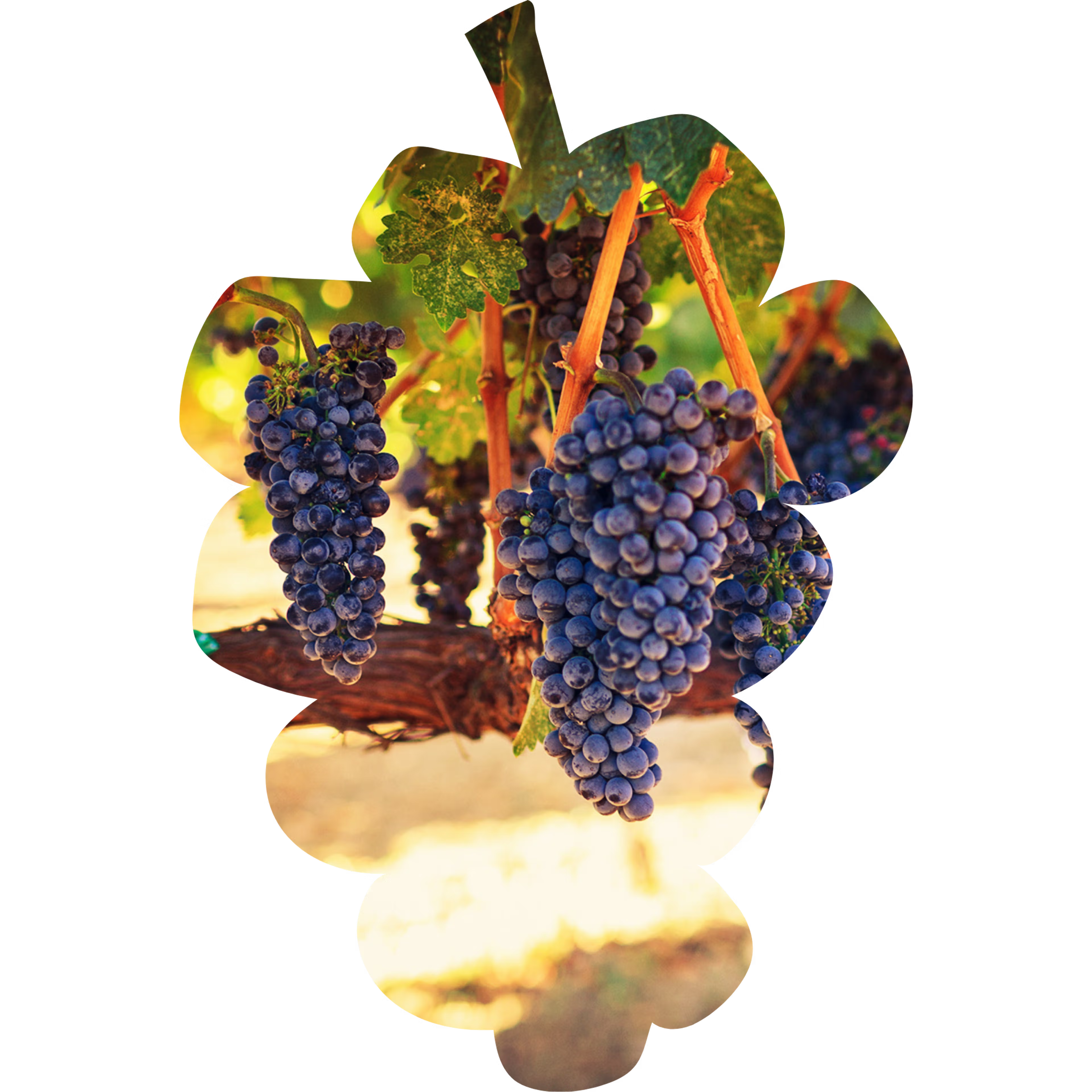
The Grapes Behind Bordeaux’s Legendary Wines
The Power of the Bordeaux Blend
Bordeaux’s winemaking success is built on blending. Unlike regions where single-varietal wines dominate, Bordeaux relies on a combination of grapes to create balanced and complex wines. Each grape variety brings something unique, whether it is structure, aromatics, or fruit concentration.
Cabernet Sauvignon thrives in the gravel soils of the Left Bank, producing wines with bold tannins, deep black fruit flavors, and exceptional aging potential. These wines are structured and firm in their youth, gradually developing notes of cedar, tobacco, and graphite over time.
Merlot is the dominant grape on the Right Bank, known for its roundness, plush texture, and rich fruit character. It creates wines with deep plum, dark cherry, and chocolate notes, making them approachable in their youth while still offering great longevity.
Cabernet Franc is often blended with Merlot and Cabernet Sauvignon to add aromatic intensity, freshness, and spice. It thrives in limestone soils, particularly in Saint-Émilion, where it contributes floral and herbal notes along with red fruit brightness.
Petit Verdot and Malbec are used in smaller quantities, but both play important roles in the Bordeaux blend. Petit Verdot adds deep color, floral aromatics, and peppery spice, while Malbec, once more widely planted in Bordeaux, contributes richness and dark berry flavors.
White Bordeaux wines are often overlooked but offer remarkable diversity. Sémillon is the key grape in Sauternes sweet wines, known for its waxy texture, honeyed complexity, and ability to age for decades. Sauvignon Blanc brings crisp acidity, citrus, and minerality, forming the backbone of Bordeaux’s dry white wines. Muscadelle, used in small amounts, adds floral and musky aromatics, enhancing the complexity of the blend.
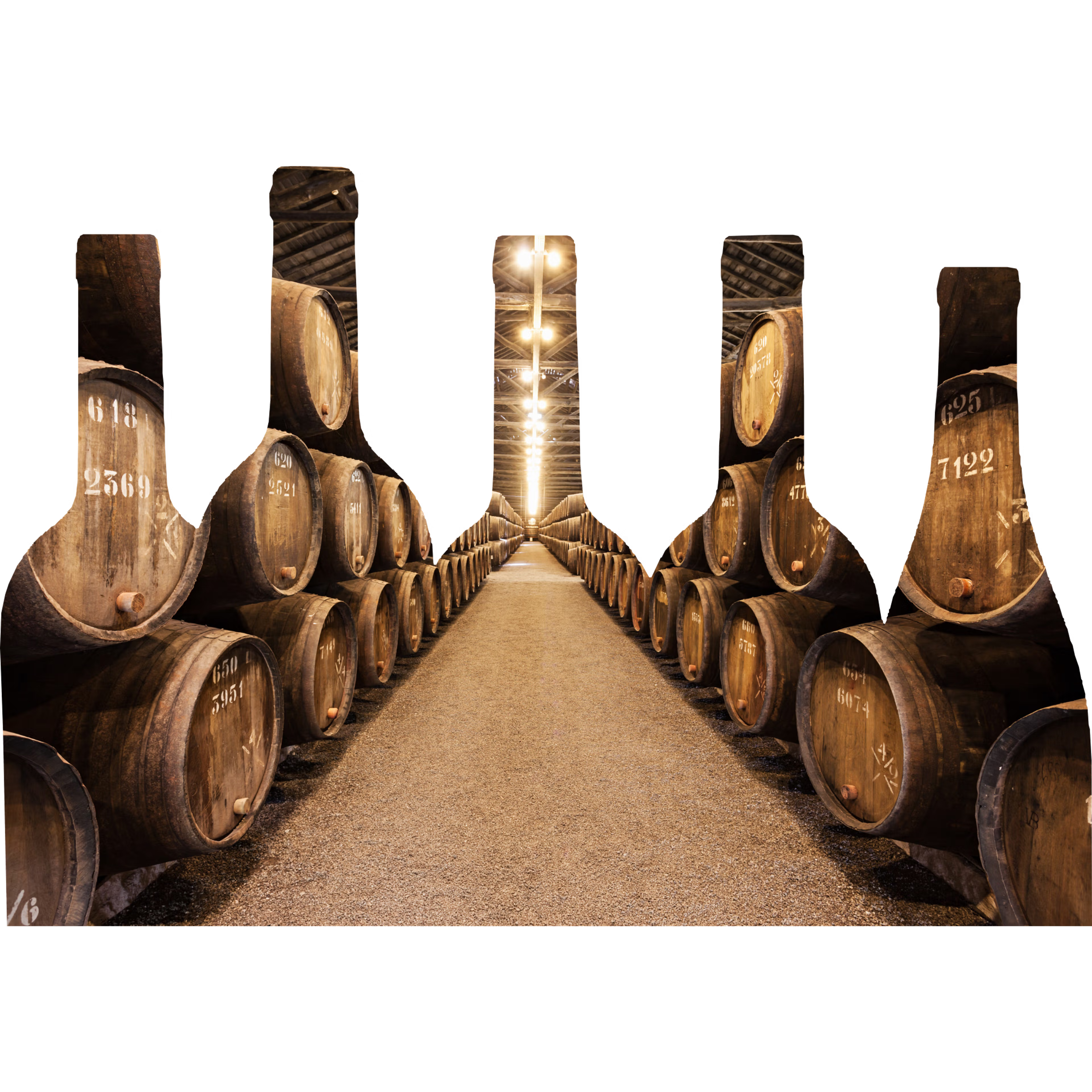
The Estates That Define Bordeaux’s Prestige
The Most Celebrated Châteaux of Bordeaux
Bordeaux is home to some of the world’s most prestigious wineries, each with a long history of excellence. These producers have helped shape Bordeaux’s global reputation, creating wines that are sought after by collectors and enthusiasts alike.
Château Margaux, located in the Médoc, is renowned for its elegance and finesse. Often described as the most floral and aromatic of Bordeaux’s First Growths, its wines balance power with a velvety texture and incredible aging potential.
Château Latour, another First Growth from the Médoc, is famous for its structured and long-lived wines. With deep concentration and firm tannins, these wines require patience but reward collectors with remarkable complexity over time.
Château Mouton Rothschild, once excluded from the original 1855 Classification but later elevated to First Growth status, is known for its opulent style and bold flavors. Each vintage features a label designed by a different renowned artist, making it a unique blend of art and winemaking.
On the Right Bank, Château Pétrus stands as Bordeaux’s most iconic Merlot-dominant wine. Located in Pomerol, this small yet legendary estate produces rich, velvety wines with immense depth and longevity. Unlike the classified estates of the Médoc, Pétrus has built its reputation purely on quality and demand.
Château Cheval Blanc, one of the top estates in Saint-Émilion, crafts wines that showcase a rare balance between power and refinement. Blending Merlot with a high percentage of Cabernet Franc, Cheval Blanc’s wines are known for their aromatic complexity and silky texture.
Beyond these famous names, Bordeaux is filled with hundreds of outstanding producers, from historic classified estates to innovative new winemakers. Whether it’s a Grand Cru Classé from Saint-Émilion or a rising star from the Médoc, the region continues to set the standard for fine wine.
The Greatest Bordeaux Vintages of the Modern Era
Vintage quality in Bordeaux is heavily influenced by climate conditions, including temperature variations, rainfall distribution, and the timing of harvest. Some vintages produce wines with immense structure and longevity, while others result in more accessible, fruit-driven wines that can be enjoyed earlier. Below is an in-depth look at the most exceptional Bordeaux vintages in recent history, explaining why they stand out and how they have evolved over time.
1982 – The Game-Changer
Widely regarded as the vintage that revolutionized modern Bordeaux winemaking, 1982 was characterized by a warm, dry growing season with minimal rain, resulting in ripe, concentrated grapes with soft tannins. The wines were immediately appealing, with lush fruit, opulence, and round textures, a stark contrast to the more austere, structured Bordeaux vintages that had come before. This year played a crucial role in increasing international demand for Bordeaux, particularly in the U.S., thanks to rave reviews from critics.
Even after four decades, the best 1982 wines—especially from First Growths like Château Latour, Château Margaux, and Château Mouton Rothschild—remain remarkably fresh, complex, and beautifully structured.
1990 – The Benchmark for Balance
Following an exceptional decade for Bordeaux, 1990 is considered one of the most harmonious vintages ever produced. A warm spring and a long, dry summer allowed for perfect ripeness, creating wines that balance power, elegance, and longevity. Right Bank wines from Pomerol and Saint-Émilion excelled, showing extraordinary depth and silkiness, while Left Bank wines developed an outstanding balance of structure and fruit intensity.
Today, many 1990 Bordeaux wines are at their peak, offering rich black fruit, tobacco, and earthy undertones, with Premier Cru wines continuing to evolve beautifully.
2000 – The Millennium Vintage
Anticipation was high for the first major vintage of the new millennium, and Bordeaux did not disappoint. 2000 was a near-perfect year across the region, producing deeply concentrated, structured wines with excellent balance. A dry, warm summer and ideal September conditions resulted in healthy, ripe grapes with great acidity and tannin maturity.
Left Bank wines from Pauillac and Margaux, in particular, demonstrated remarkable complexity and depth, while Right Bank wines combined silky textures with powerful fruit intensity. This vintage is still evolving, with top wines from First Growths and Grand Cru Classé estates expected to age gracefully for another 20-30 years.
2005 – Precision & Structure
2005 is considered one of the most technically perfect Bordeaux vintages, with ideal growing conditions that produced structured, long-lived wines with remarkable balance. The combination of cool nights and warm days preserved acidity while ensuring even ripening.
Tannins in 2005 wines are firm but refined, making them more classical and structured compared to 2000 and 2009. The wines show concentrated dark fruit, minerality, and firm backbone, promising a long aging curve. Many top estates, particularly in the Médoc and Saint-Émilion, still have decades of life ahead.
2009 – Ripe, Opulent & Showstopping
2009 was an exceptionally warm and dry vintage, producing ripe, generous, and fruit-forward wines with soft tannins. Many describe 2009 as a hedonistic vintage, where wines are instantly charming and velvety, yet retain their complexity and depth.
Left Bank wines tend to be rich, layered, and powerful, while Right Bank Merlot-driven wines from Pomerol and Saint-Émilion are silky and expressive, bursting with ripe plum and dark chocolate notes. The immediate appeal of 2009 Bordeaux wines made them a hit upon release, but top wines still have decades of aging potential.
2010 – Power & Longevity
Often compared to 2009 but with a more structured and serious profile, the 2010 vintage produced highly concentrated wines with firm tannins and impressive acidity. This was a year of elegance and longevity, with wines that needed patience to fully express their potential.
The Left Bank wines are particularly structured, requiring more time in the bottle, while Right Bank wines maintain finesse and depth. The best 2010 Bordeaux wines are just entering their prime drinking window, with layers of black fruit, graphite, and spice emerging over time.
2016 – Balance, Freshness & Classic Bordeaux Elegance
2016 is widely considered a modern classic, with wines that combine the structure of 2005, the fruit concentration of 2009, and the precision of 2010. A long, cool growing season resulted in wines with freshness, depth, and refined tannins, ensuring excellent aging potential.
Both Left and Right Bank wines from 2016 are highly sought after, offering perfectly balanced acidity, ripe tannins, and layers of complexity. These wines are expected to age beautifully for decades, developing increasing nuance and refinement over time.
What’s Next for Bordeaux?
In recent years, Bordeaux has experienced a shift towards greater sustainability, organic farming, and adapting to climate change, impacting future vintages. While recent years such as 2018, 2019, and 2020 have shown excellent potential, they are still too young to fully assess their long-term aging potential.
Bordeaux’s ability to produce age-worthy, complex wines remains unchanged, with each vintage offering a unique story shaped by the region’s climate, terroir, and winemaking expertise.
Preserve Your Wines at the Perfect Temperature
Find the Perfect Wine Cooler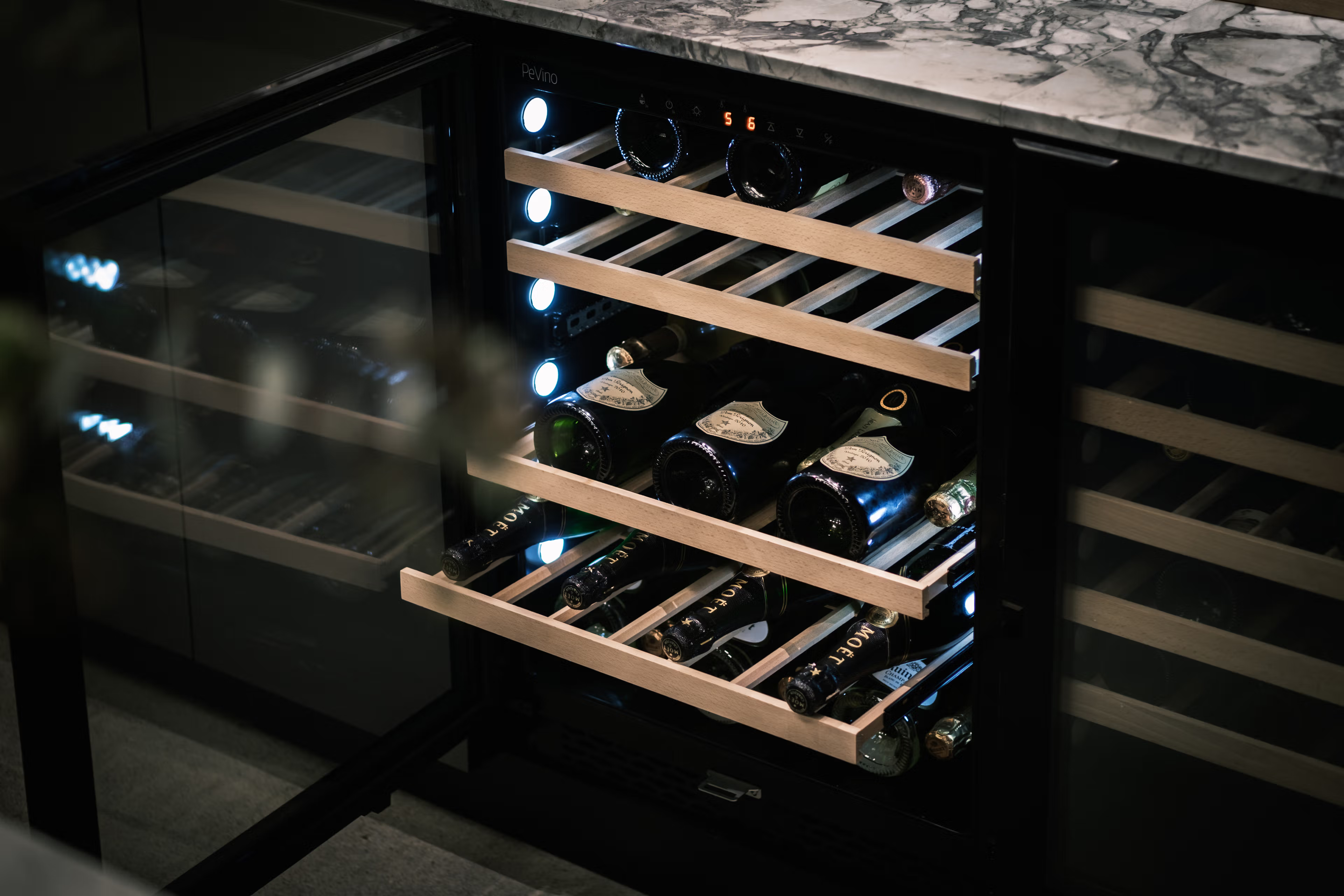
Showcase Your Collection with Style
Explore Elegant Wine Racks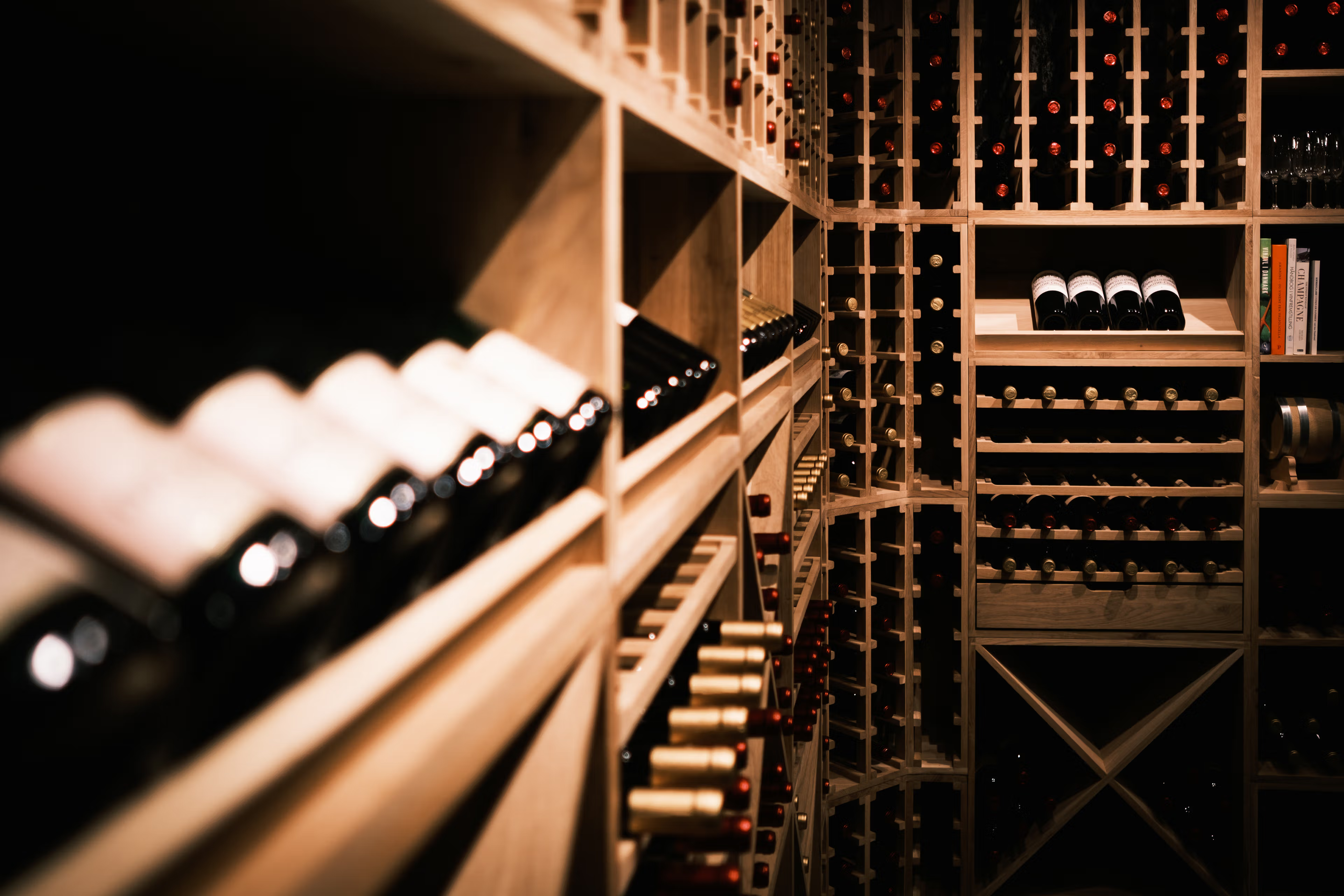
Bordeaux Wine Region – A Deep Dive into France’s Most Iconic Vineyards
Bordeaux is one of the world’s most famous and influential wine regions, producing some of the most prestigious and collectible wines. Located in southwestern France, Bordeaux is home to more than 7,000 wineries spread across 120,000 hectares of vineyards. The region is defined by its exceptional terroir, unique winemaking traditions, and a classification system that has shaped the global perception of fine wine.
The Unique Terroir of Bordeaux
Bordeaux’s climate is strongly influenced by its proximity to the Atlantic Ocean and the Gironde estuary, which regulate temperatures and ensure a long growing season. This allows for slow grape ripening, enhancing complexity and balance in the wines. The region’s soils vary greatly, contributing to the diversity of Bordeaux wines.
On the Left Bank, gravelly soils provide excellent drainage, allowing Cabernet Sauvignon to thrive and develop firm tannins, deep black fruit flavors, and long aging potential. In contrast, the Right Bank’s clay and limestone soils favor Merlot, producing wines with softer tannins, rich fruit concentration, and velvety textures. This distinct division in soil types plays a significant role in Bordeaux’s winemaking identity.
The Left Bank vs. Right Bank – Understanding Bordeaux’s Two Styles
Bordeaux is traditionally divided into two major winemaking areas: the Left Bank and the Right Bank. These regions produce wines with distinct characteristics, shaped by their dominant grape varieties and terroir.
Left Bank – Power and Structure
The Left Bank, home to the Médoc and Graves regions, is known for its bold, Cabernet Sauvignon-driven wines. These wines exhibit deep color, firm tannins, and excellent aging potential. Some of Bordeaux’s most prestigious appellations are found here, including Pauillac, Margaux, Saint-Julien, and Saint-Estèphe. The Left Bank is also home to the legendary 1855 Classified First Growths, such as Château Margaux, Château Latour, and Château Mouton Rothschild.
Right Bank – Elegance and Approachability
The Right Bank, centered around Pomerol and Saint-Émilion, is dominated by Merlot and Cabernet Franc. These wines tend to be more approachable in their youth, with softer tannins, lush fruit flavors, and complex aromatics. Saint-Émilion, a UNESCO World Heritage site, is home to renowned estates such as Château Cheval Blanc, while Pomerol boasts some of the most sought-after Merlot wines, including the iconic Château Pétrus.
The Bordeaux Blending Tradition
Unlike single-varietal wines from other regions, Bordeaux wines are known for their masterful blending techniques. The key red grape varieties used in Bordeaux are:
- Cabernet Sauvignon – Provides structure, tannins, and deep black fruit flavors.
- Merlot – Softens the blend with roundness and ripe fruit notes.
- Cabernet Franc – Adds aromatic complexity and spice.
- Petit Verdot & Malbec – Used in smaller proportions to enhance color and depth.
For white Bordeaux wines, Sémillon, Sauvignon Blanc, and Muscadelle are commonly blended to create both dry and sweet wines, with the most famous being the botrytized Sauternes wines from Château d’Yquem.
Aging and Cellaring Bordeaux Wines
Bordeaux wines are renowned for their aging potential. Many Left Bank wines require at least a decade to reach their peak, developing complex aromas of leather, tobacco, and spice. Right Bank wines, while often more accessible in their youth, also benefit from aging, allowing their rich fruit character to integrate with secondary and tertiary flavors.
Proper storage is essential for Bordeaux wines to mature correctly. Ideal conditions include a temperature of 12-14°C (55-58°F) with 70-80% humidity. Decanting younger wines can also help aerate them, enhancing their complexity and softening tannins.
Bordeaux’s Greatest Vintages
Certain Bordeaux vintages have become legendary due to exceptional growing conditions and outstanding wine quality. Some of the most highly regarded vintages include:
- 1982 – A warm year that produced ripe, opulent wines with early appeal.
- 1990 – Balanced, rich, and highly collectible wines with great aging potential.
- 2000 – A powerful, structured vintage with depth and concentration.
- 2005 – A precise, long-lived vintage known for balance and structure.
- 2009 & 2010 – Two exceptional years, with 2009 being ripe and luxurious, while 2010 was structured and built for longevity.
- 2016 – A modern classic, offering perfect balance, freshness, and long-term aging potential.
Bordeaux’s Influence on Global Winemaking
Bordeaux has set the benchmark for fine wine production worldwide. Its influence extends beyond France, inspiring winemaking regions such as Napa Valley, Tuscany, and Chile to adopt similar blending techniques and vineyard management practices.
Today, Bordeaux continues to evolve, with a growing focus on sustainability, organic farming, and climate adaptation. While maintaining its rich traditions, the region is embracing modern viticulture to ensure that Bordeaux wines remain among the finest in the world. Whether it’s a Grand Cru Classé from Saint-Émilion or a rising star from the Médoc, Bordeaux offers an unparalleled wine experience that continues to captivate collectors and enthusiasts alike.